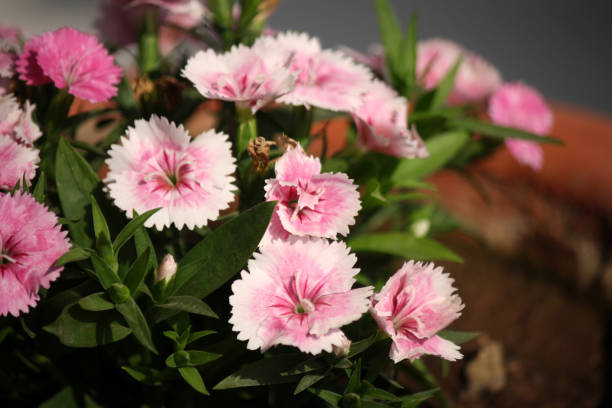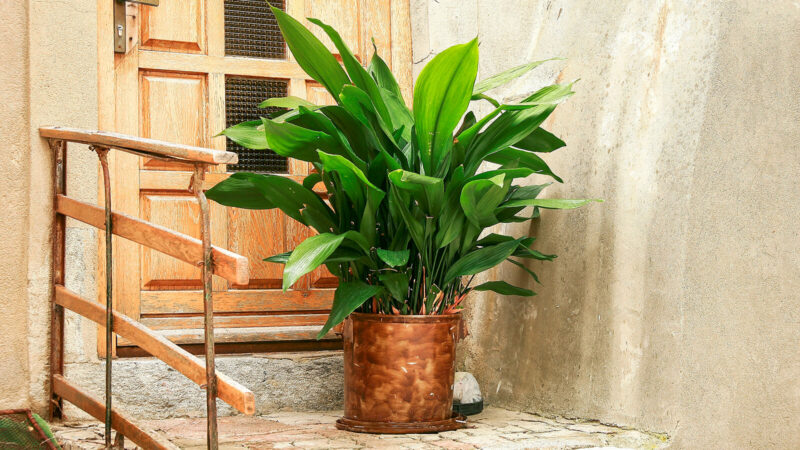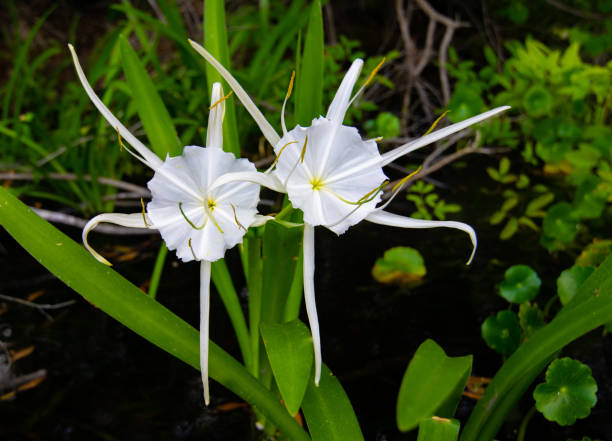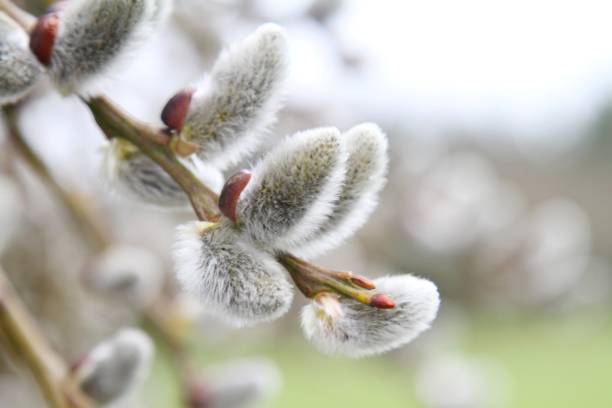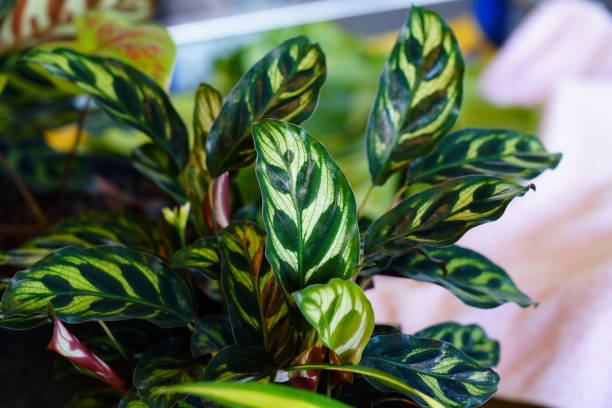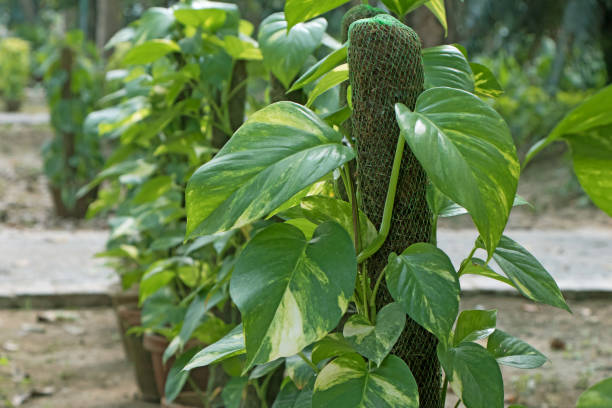Air Plant Care Guide- Make An Attractive Addition To Your Home
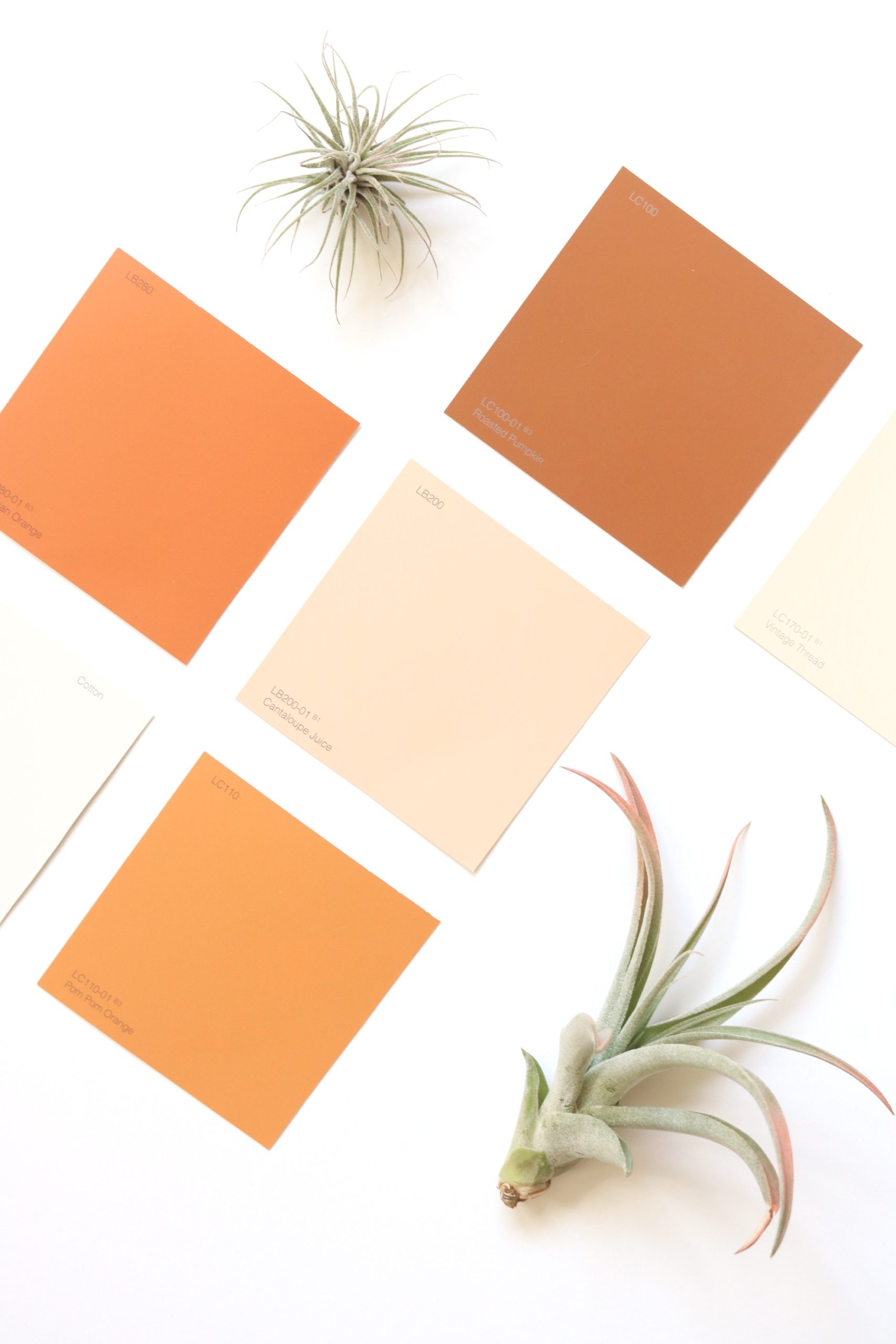
Tillandsia Care Guide
Tillandsia has stepped up the indoor plant game up a notch with its uniqueness and ease of care. These plants do not require water and soil to grow on and survive perfectly well hanging on tree barks or on rocks. Popularly known as air plants, Tillandsia is the easiest indoor plant to grow. Air plant care and grooming are not difficult; by keeping a few things in mind, you will be able to grow a healthy tillandsia they will survive for many, many years.
If you plan to buy one of these, before you head down to a nearby store, spare some time to learn about air plants. This tillandsia air plant guide will help you understand how to care for, water, and grow air plants in your house.
WHAT ARE TILLANDSIA AIR PLANTS?
Tillandsia belongs to the bromeliad family. There are more than 100 types of species in the Tillandsia genus. The plant has small roots which attach themselves to shrubs and tree branches. Tillandsia does not specifically need a ground to grow in, which is why it is also known as “Air Plants.”
Air plants do not steal nutrients from the host; instead, they use it as an anchor and a place to live in. Tillandsia leaves come in various sizes and shapes. Some have large, broad leaves, whereas others have as thin leaves as a thread.
Tillandsia is native to Mexico, Southern US, Central, and South America. These are slowly becoming popular indoor plants all over the world. They can tolerate different types of climatic conditions but cannot thrive in temperatures below 40 degrees F. they like to live in warm and humid conditions.
Read More- Know Everything About Thimble Cactus Tips and Care
DIFFERENT TYPES OF AIR PLANTS
There are more than a hundred different types of species in the Tillandsia genus. The colors usually range from pastel greens to pinks and fiery reds.
The Tillandsia genus is broadly divided into two categories:
Xeric: This category of plants has a fuzzy texture and silver-green muted tones.
Mesic: The texture of these air plants is a lot smoother and is bright in color.
There is something for everyone among more than 500 different types of air plants. Below we have listed the most common types of air plants.
- Tillandsia cyanea- Also known as pink Quill, produces a pink feather-like flower and is one of the rare types of Tillandsia that grows in soil.
- Tillandsia usneoides- This is also known as Spanish Moss with a long stringy texture. When growing in its natural habitat, you can see it draped all over the trees.
- Tillandsia bulbosa: these air plants look unusual with lanky leaves and bulbous roots. It thrives in low light condition; however, you need to let it dry after watering properly, or else the roots will rot.
- Tillandsia aeranthos bergeri: this tillandsia plant grows beautiful purple and pink flowers every spring. It can grow upto 6-9 inches tall.
- Tillandsia ionantha: Also known as Fuego, this plant can not grow bigger than 2 inches. However, the vibrant colors make up for its short height.
HOW TO CARE FOR TILLANDSIA AIR PLANTS?
Even though it is known as an air plant, Tillandsia requires a little more than just air to thrive. Tillandsia air plants need special attention and care to keep them healthy. If taken care of properly, Tillandsia can provide company for several years and even give you pups for extra enjoyment.
HOW MUCH WATER DOES AIR PLANTS NEED?
If your air plant is indoors, you should only water it once every week. If you use heaters or air conditioners, you will have to water tillandsia air plants more often. You can keep spraying water mist on the air plants regularly to keep them healthy and green.
HOW TO WATER TILLANDSIA AIR PLANTS?
To water air plants, all you need to do is, put them facing down in a bowl of water and soak them for 10-20 minutes. When you take it out of the water, make sure to disperse all of the excess water. If you let the air plant soak in water for too long, it can die or rot.
The water you air plants in the morning and keep them out of the containers to dry. You can even dunk your plants in water several times and shake off excess water. Do not forget to let your plants air dry.
WHAT WATER TO USE FOR TILLANDSIA AIR PLANT CARE?
It is recommended to use pond water, rainwater, or water from aquariums for proper air plant care. Spring bottled water is also a decent option. If you do not have access to any of these, opt for tap water. When using tap water, let it sit still for a few hours so the chemicals, if any, can dissipate. Never use artificially softened or distilled water.
HOW MUCH LIGHT DOES A TILLANDSIA NEED?
Tillandsia air plant needs light to thrive. If you keep them indoors, make sure to keep them near a light source like a window or any other artificial light source. However, do not put them under direct sunlight.
If using artificial lights, it should be fluorescent and should be 36 inches away from the plant. You need to aim for 12 hours of light per day, not more, not less.
When you keep Tillandsia outdoors, make sure to use a shaded area that does not get direct sun rays.
Read More- How To Take Care For The Haworthia Succulent
THE LIFE CYCLE OF A TILLANDSIA AIR PLANT
Air plants grow till maturity to bloom beautiful flowers and then die. Before After or during the blooming period, air plants start producing offsets which are called pups. One tillandsia plant can produce 2-8 pups.
Tillandsia air plants only bloom once in their lifetime. Tillandsia flowers have an average life expectancy of 1 day to several months, depending on the type of tillandsia plants.
Different types of air plants bloom at different times depending on the environment and air plant care.
WHERE TO GROW A TILLANDSIA?
Air plants can grow almost anywhere and everywhere- a glass bottle, seashell, coral, ceramic pot, rocks, you name it. Tillandsia can even grow on wood. Just make sure that the wood is not pressure treated.
When you decide the location, keep in mind that the plant needs enough light and regular watering. The best container to grow an air plant is one that does not hold water. To keep your Tillandsia healthy, it is important to dry it out completely. If you keep it in a glass bowl, remove any excess water even in the bowl after watering the plant.
HOW TO ATTACH YOUR AIR PLANT
There are several ways by which you can attach the Tillandsia plant to a display or mounting. Some suitable ways are by using fishing lines, glue, wire, or twist ties. If you choose to use glue, make sure it is waterproof or hot glue.
You can also use nails or staples, but only if the plant has sufficient roots or woody stolen. Do not use a copper wire or superglue; these can kill the plant.
PROBLEMS OF GROWING A TILLANDSIA AIR PLANT
When growing a Tillandsia air plant, you may experience a few problems with its care. For instance, you may notice dry tips and brown leaves on your tillandsia plant. These are some obvious signs that your air plant needs moisture. Another sign is the excessive curving of leaves or turning grey, yellow in color.
You can tackle the drying problems of Tillandsia by following proper grooming techniques. Whenever you notice dry leaves, trim them instantly using scissors or by peeling them with your hand. Also, increase the watering schedule or humidity level by using a humidifier or water tray.
Another Major risk associated with tillandsia plants is sunburn. When you keep the air plant near a window with exposure to direct sunlight for more than 20 minutes, your plants may become weak. Brown spots will start forming on the leaves, which is a sure sign that the Tillandsia is getting too much direct sunlight.
Read More- How To Take Dracaena Marginata Care?
Final Words:
Tillandsia is a unique, trendy, and fun plant to grow indoors. The tillandsia air plant does not require a soil ground to grow in but demands the right attention and care to thrive. This plant absorbs nutrients and water through its leaves, and you need to water it once a week by soaking it in a bowl full of water.
The perfect place to keep your air plant is in the kitchen or bathroom, or any other place with adequate humidity and light. By following these air plant care tips, you will be able to keep your Tillandsia healthy and green for many years to come and also have new pups to add to your collection.

